So, if the news early last week was that Anthony Albanese refused to back future coal developments, it seems that by the end of the week, he had doubled down on the cause of climate change by announcing that The Australian Labor Party backs zero net emissions by 2050.
On Sunday last, we discovered that, as a result of the bushfires, the public considered meeting climate change targets of greater importance than bringing energy prices down. Doesn’t this public reaction, mean nothing more than: “We don’t know why the bushfires were so catastrophic this year; it must be climate change”?
And that is a problem. The public don’t know enough about climate science to make a decision and there are many very qualified scientists who say climate science is at best questionable with far too many assumptions. What is climate science?
The basis of climate science is a laboratory experiment that showed the greenhouse effect of carbon dioxide in the atmosphere; as CO2 concentrations rise, more solar energy is trapped and higher ambient temperatures result. That laboratory experiment occurred in the nineteenth century and has been replicated many times since.
The first thing you notice is that everything changes outside of the laboratory. Measuring CO2 in the atmosphere when it varies from place to place, even from tree to tree, ocean to ocean, volcano to volcano requires some assumptions. Further, the effect of radiation on the atmosphere differs from the laboratory because the atmosphere contains gaseous and non-gaseous components in varying proportions depending on location; that requires more assumptions.
There are also problems measuring the amount of radiation entering the atmosphere. It’s not possible to accurately measure the amount that leaves the sun, and the amount reaching the earth’s surface varies for a number of reasons including the amount leaving the sun and the earth’s distance from the sun.
NASA, on the other hand, says the amount leaving the sun doesn’t change. Why? The difficulties in measuring solar radiation are spelt out in an article written by the scientists involved in the Italian Borexino experiment.
NASA overcame those difficulties in 2008 when it calculated the Solar Constant. Unfortunately, the constancy of the Solar Constant is another assumption. Perhaps the scientists are guessing. Yet, NASA’s 2008 Solar Constant is critical to climate science. Without it there is no ‘reliable’ historical time series data back beyond 2008; assuming the data since 2008 is reliable and constant.
By saying the sun releases the same amount of radiation each day, month, year, climate science can generate time series data prior to 2008 with which to prove that climate change corresponds with capitalist economic growth of the nineteenth and twentieth centuries.
We have to take on trust that the variables do not vary independently of each other in the calculations. Independent variables are a methodological nightmare for every science, since their independence has to be assumed away in order to calculate changes to rates of change.
Most supporters of climate change accept the science on trust. Yet there are eminent scientists who dispute its credibility. How then can anyone make a decision that isn’t a guess?
Since the beginning of federation, the Commonwealth government has had the power to make enquiries into subjects for which it has legislative powers under the Constitution. Those enquiries can be used to give the government information on the subject that will help it legislate wisely. Those enquiries are called Royal Commissions.
Since the credibility of climate science is in dispute and the true basis for future policy decisions needs to be established, the time is right for the Prime Minister to refer climate science to a Royal Commission.
The terms of reference would need to be carefully drawn, but the enquiry itself would be quite simple and relatively cheap if it was conducted like a trial but in writing. The first step would be to compose questions in relation to climate science that will expose the practices and methodologies with which climate experiments are conducted.
The questions would be drawn so that the answers would provide what is accepted best practice in relation to data collection, standardisation of data and the acknowledged or admitted limits in relation to the statistical methodologies and justifications where those limits are exceeded.
Those questions would then be submitted to a panel of Australian climate scientists identified as leading in their field. The climate scientists would provide detailed written responses to the questions, citing whatever papers they consider necessary to support their case.
Those responses would become climate scientists’ best defence of the theory of the science. It would justify the collection and standardisation of data, creation of data sets, the structure of climate models and the use of particular mathematical and statistical methodologies.
The purpose of the questions is to obtain climate scientists’s best justification of the rigorousness and reasonableness of their science, its practices and conclusions. Parole evidence would not be required.
Since climate science uses many scientific disciplines, the Commission would need to identify qualified scientists from each of the disciplines to whom the reports could be sent. Scientists who have previously expressed criticism of climate science would not be excluded.
The Commission would send copies of the climate scientists papers to a select panel of scientists representing the different disciplines. They would be asked to provide written critiques of those papers from the perspective of their expert knowledge.
Their critiques would be provided to the climate scientists who would be invited to provide written responses.
The reports of both expert groups would form the basis of the Commission’s final report, prepared from the reports of both sets of experts. The final report would document theory practice and assumptions of climate science and the Commission’s conclusions regarding the credibility of climate science.
The Commission’s report will provide all politicians and all the people with an opinion about the reliability of climate science. It will, therefore, provide a reasonable and scientific basis either for burning more coal and fossil fuels or to stop digging coal and find another way to put people into work.
The last thing that the Australian body politic needs is to fight an election based upon a scientific theory of which 99.9 per cent of the voting public have no understanding. They might as well be asked to vote on gay marriage.
Dr David Long is a retired solicitor and economist.
Got something to add? Join the discussion and comment below.
Got something to add? Join the discussion and comment below.
Get 10 issues for just $10
Subscribe to The Spectator Australia today for the next 10 magazine issues, plus full online access, for just $10.

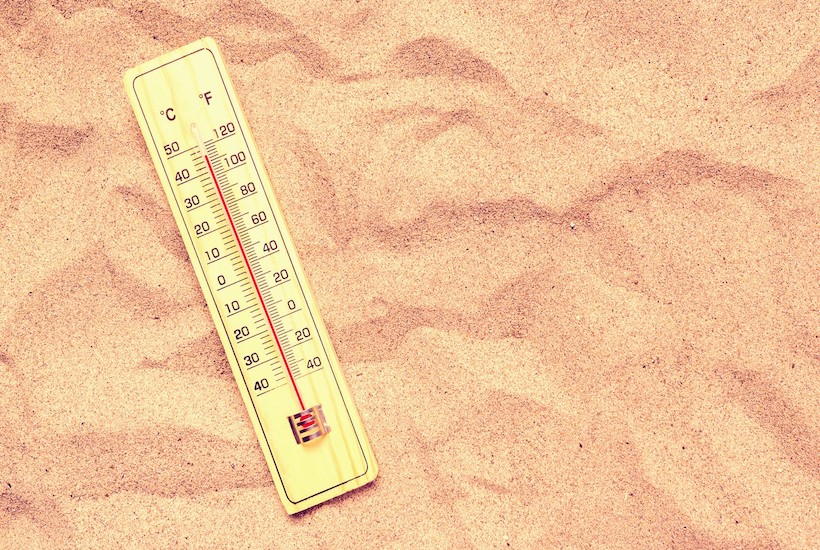





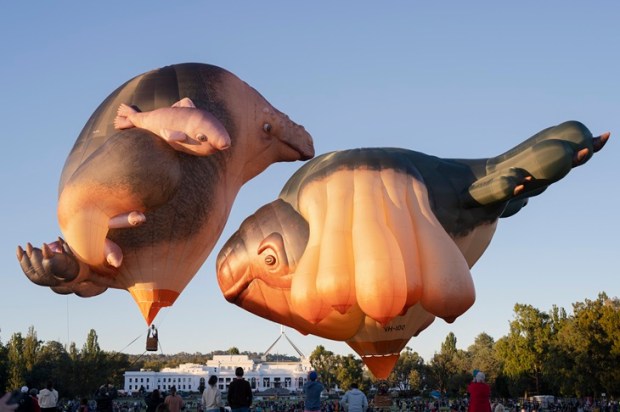






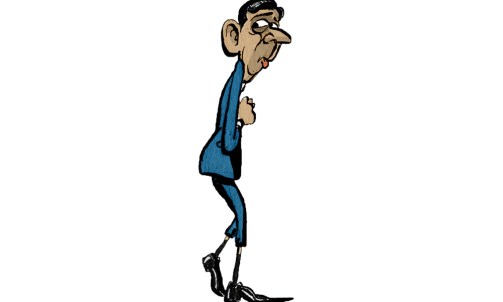
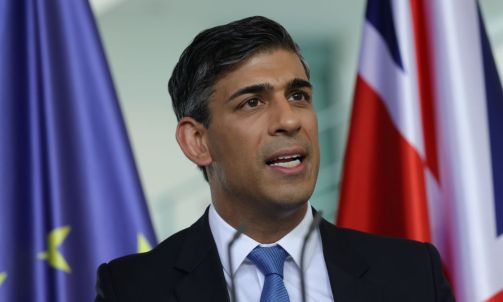
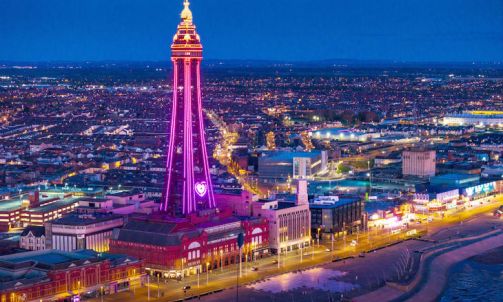
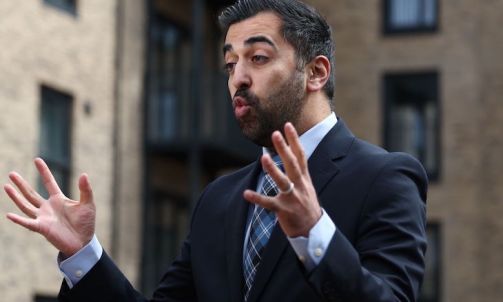
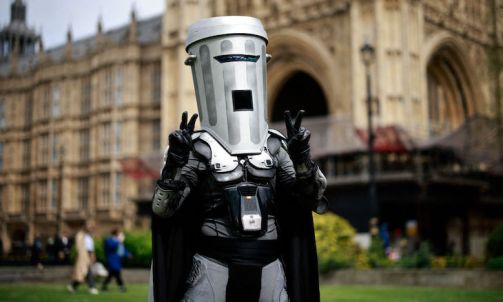
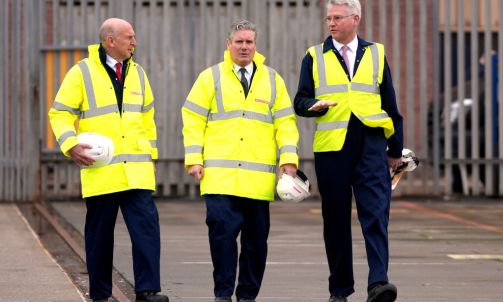






Comments
Don't miss out
Join the conversation with other Spectator Australia readers. Subscribe to leave a comment.
SUBSCRIBEAlready a subscriber? Log in